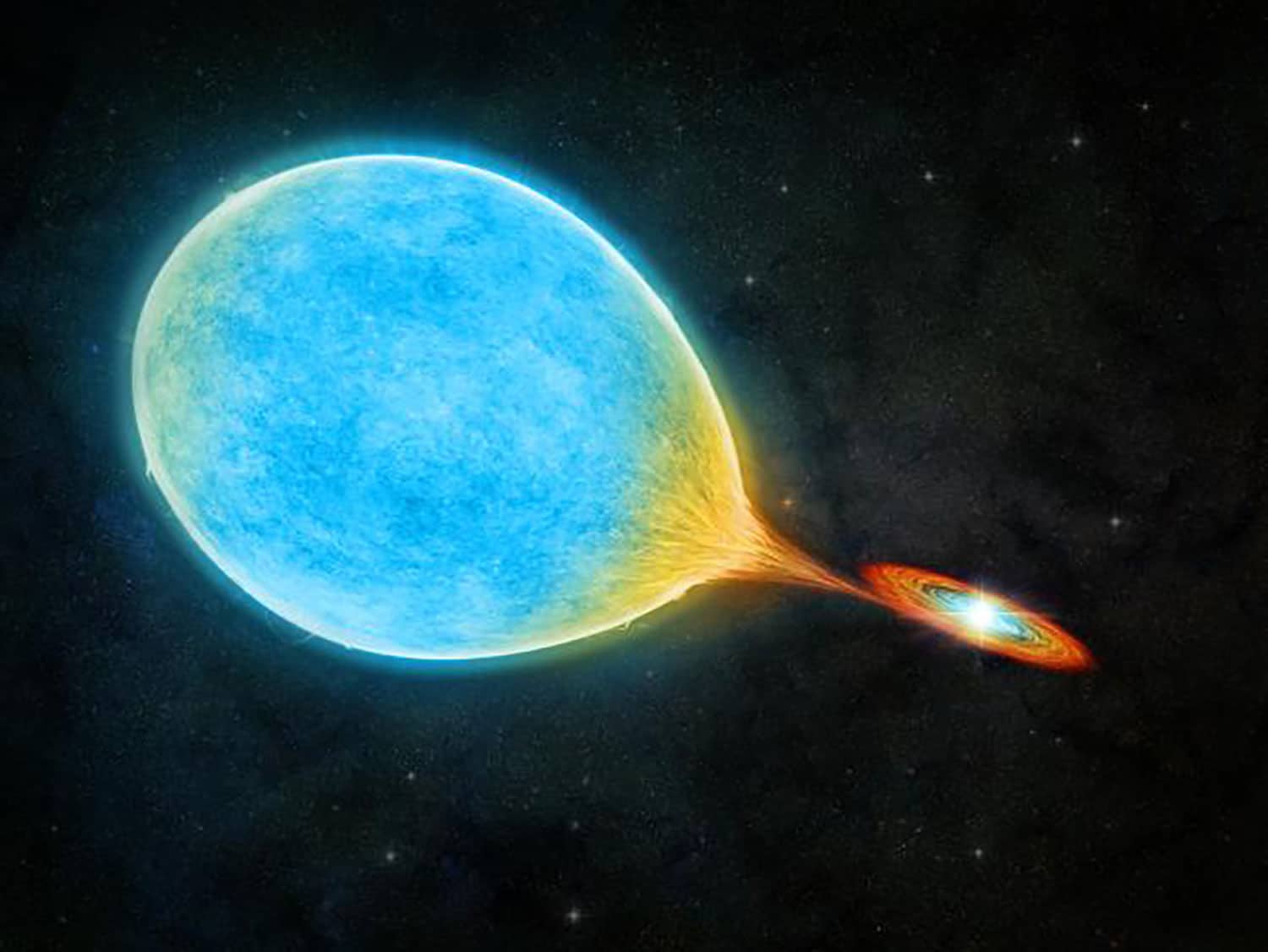
Using the Shane Telescope at Lick Observatory in California and data from several astronomical surveys, scientists at the Center for Astrophysics | Harvard & Smithsonian have observed a new type of binary star. The existence of the star has long been theorized for 50 years but has not been observed yet. This discovery gives the first physical evidence of a new population of transitional binary stars.
White dwarfs are the stellar cores left behind after a star death. But, in some rare cases, a star can become a shallow mass (ELM) white dwarf. Such white dwarfs have one-third the mass of the Sun.
Based on stellar evolution calculations, these ELM white dwarfs would seem more than 13.8 billion years old. This is older than the universe’s age and, thus, physically impossible.
For years, astronomers have believed that the binary companion helps the formation of ELM white dwarfs. The gravitational pull from a nearby companion star could quickly eat away at a star until it became an ELM white dwarf.
However, this scenario lacks evidence.
Until now, astronomers have observed ELM white dwarfs with normal white dwarf companions. Although, they had not observed the transitional phase of evolution or the transformation in between: when the star has lost most of its mass and has nearly contracted to an ELM white dwarf.
In 2020, El-Badry, a member of the Institute for Theory and Computation at the Center for Astrophysics, decided to search for the pre-ELM white dwarf that had long eluded scientists. Using data from Gaia and the Zwicky Transient Facility at Caltech, he narrowed down one billion stars to 50 potential candidates.
He said, “If it weren’t for projects like the Zwicky Transient Facility and Gaia, which represent a huge amount of work behind the scenes from hundreds of people — this work just wouldn’t be possible.“
The astronomer then followed up with close observations of 21 of the stars. Surprisingly, this selection strategy worked.
El-Badry said, “100 percent of the candidates were these pre-ELMs we’d been looking for. They were more puffed up and bloated than ELMs. They also were egg-shaped because the gravitational pull of the other star distorts their spherical shape.”
“We found the evolutionary link between two classes of binary stars — cataclysmic variables and ELM white dwarfs. And we found a decent number of them.”
“Thirteen of the stars showed signs that they were still losing mass to their companion, while eight of the stars seemed to be no longer losing mass. Each of them was also hotter than previously observed cataclysmic variables.”
Scientists are planning to continue to study pre-ELM white dwarfs. They may follow up on the 29 other candidate stars he previously discovered.
Journal Reference:
- Kareem El-Badry, Hans-Walter Rix et al. Birth of the ELMs: a ZTF survey for evolved cataclysmic variables turning into extremely low-mass white dwarfs. DOI: 10.1093/mnras/stab2583